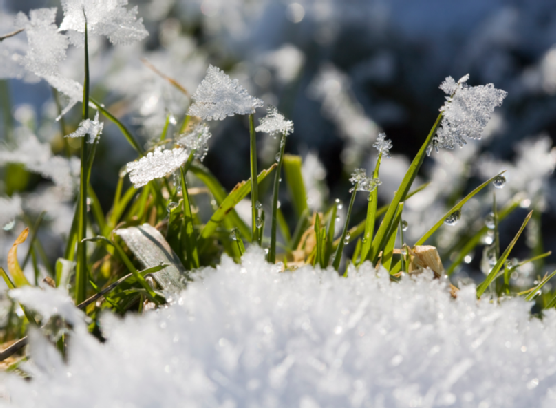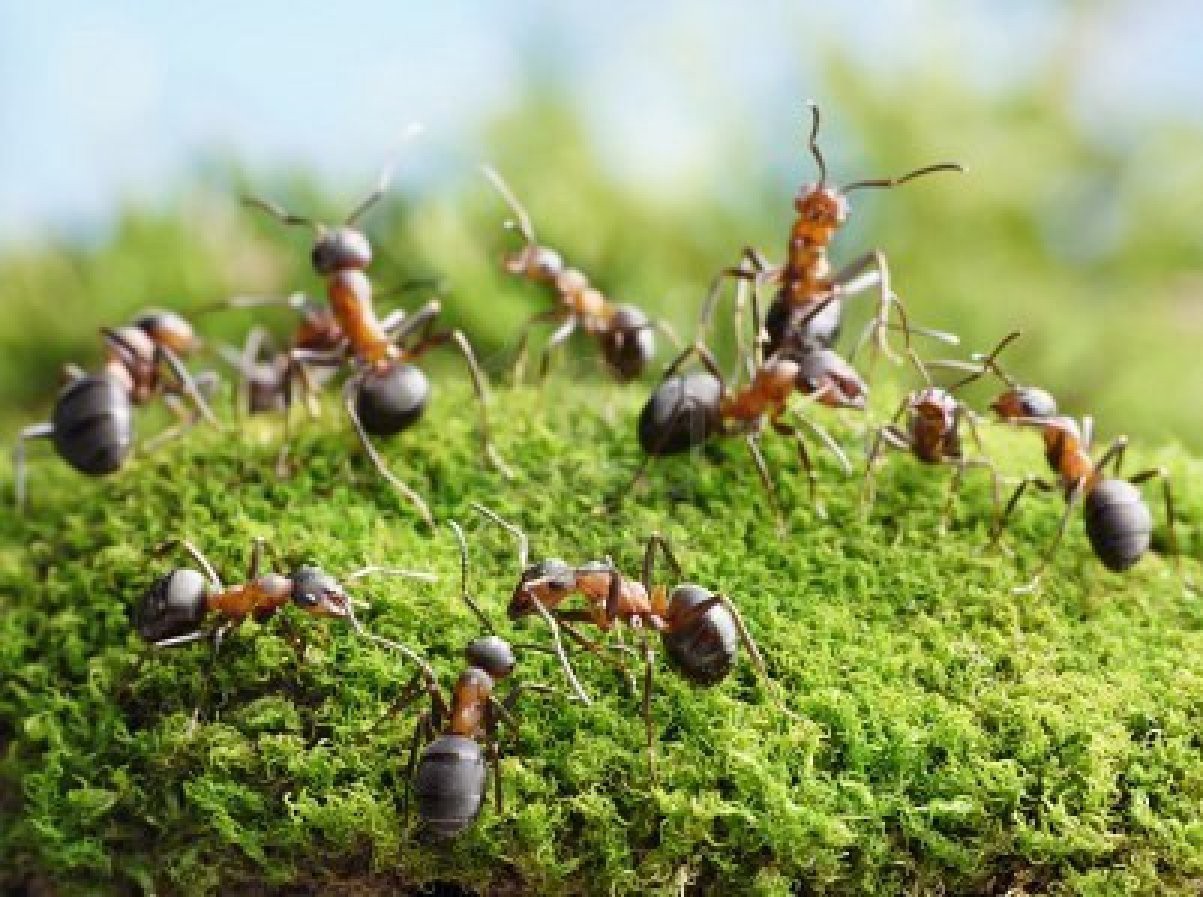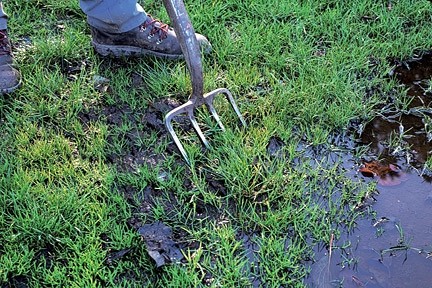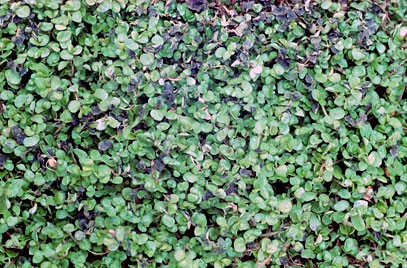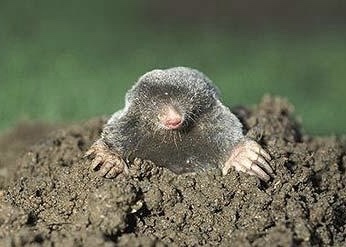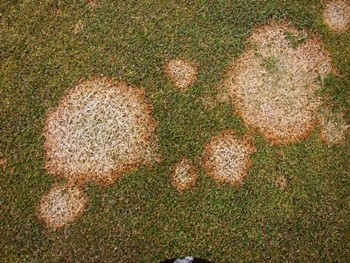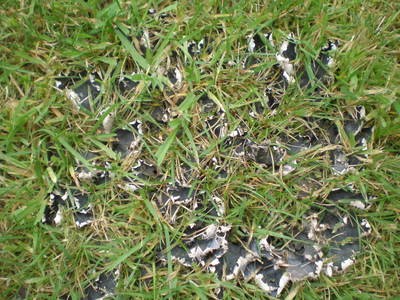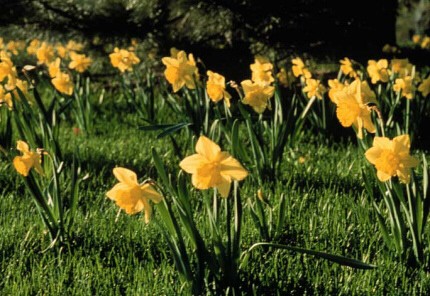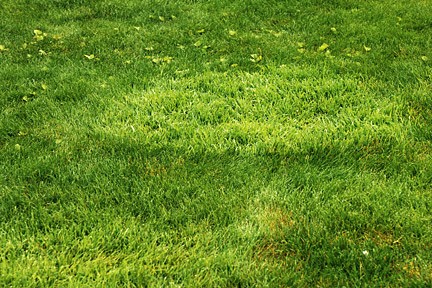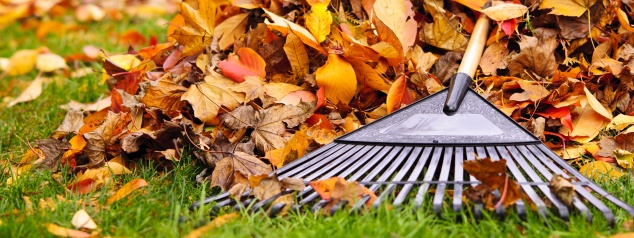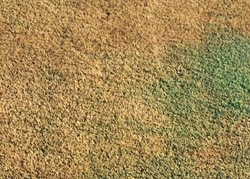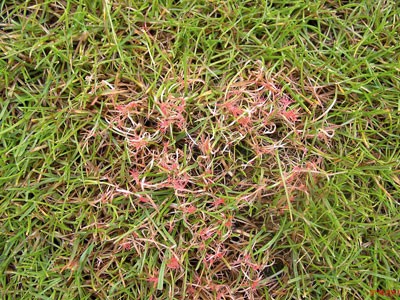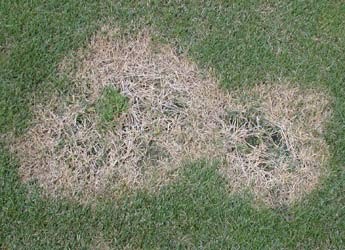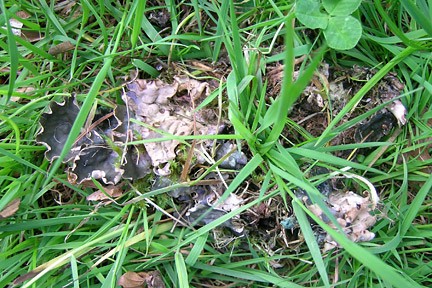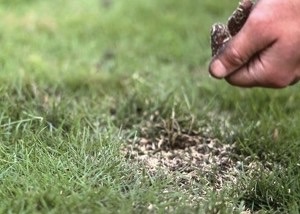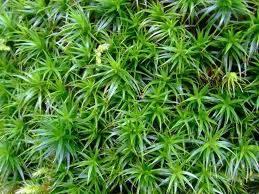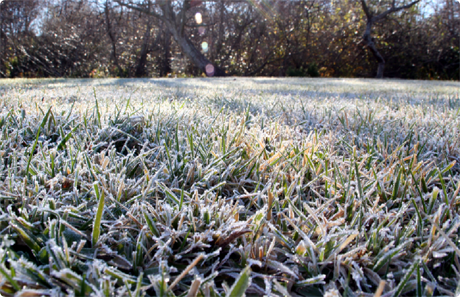Winter Lawn Care Guide During the winter, lawn turf can really suffer from the weather. It’s particularly bad if you can’t avoid walking on your lawn, for example, if you need to get to the shed, to fill up bird feeders, or to get to a compost heap. So what can you do to protect your lawn, and give it the best chance of surviving winter unscathed? Stay off it if possibleAerate if necessaryUse moss killer and repair the damageAs a last resort, replace your lawnGood care throughout the year We know it’s not always easy, but if you can, avoid...
Turf & Lawn Blog
You may not exactly be worried about ants in your garden. After all, they are one of the most abundant insects on the planet, so you are almost certain to have some in your garden at some stage, and surely it’s best to live with them? They clear up crumbs and mess if you eat outdoors, and generally keep the garden tidy, so surely you can tolerate them? Well, yes, probably that’s true, but if they make nests in the lawn, then they will make a mess of it. They disturb the soil around plant roots and deposit it on the surface,...
Waterlogging in lawns is a problem which tends to show up in wet winters more than any other time of year. It is when the lawn does not drain at all, and water lies on the surface of the lawn after rain. Now, having a few puddles may not seem like too much of a problem in itself, but it does lead to other problems, such as compaction of soil. And if the water lies around for a long time, the grass can actually drown because the water prevents air getting to the roots, and then moss will take over, because...
Mind Your Own Business or Soleirolia Soleirolii No, not a problem with nosy neighbours, but a creeping perennial, Soleirolia soleirolii (syn. Helxine soleirolii). It looks lovely in wall and patio crevices, spreading quickly to fill gaps, but regrows from the smallest sections of stem, and can be a nightmare to control once it gets into a lawn or borders. It forms dense bright green mats of foliage, and also has a golden form, with pretty white flowers in spring. So yes, it’s attractive, but don’t be fooled, its spread is described as ‘indefinite’ and you really, really don’t want it in your lawn! If...
Animals in your garden can be a real nuisance. Rabbits and moles in particular can make a spectacular mess of a beautiful stretch of lawn turf, but what can you do about it? Moles Usually the first sign of mole activity is molehills in your lovely lawn, and it’s most likely to happen in late winter or early spring. But a molehill is not just a pile of soil, because it is also the visible sign of a network of tunnels. You’ll need to remove the soil before mowing, and also backfill surface tunnels to prevent them from collapsing. There are...
Snow mould and take-all patch are both caused by fungi, but since they’re both quite damaging to lawns, we thought it would be helpful to provide more information than was possible within the scope of the Fungi article. Snow Mould Snow mould, or fusarium patch, is a common cause of brown patches in lawns, and is caused by a fungus, Monographella nivalis. It is a very damaging disease of turf grasses, and is very hard to control. It is most commonly found in autumn and during spells of mild weather in winter, and appears as yellowish patches of grass, which turn...
Fungi can appear in lawns for a variety of reasons, and not all are a problem, although they can look unsightly. This article gives you a bit more information about the most common fungi to appear in lawns. Fairy rings These fungi are often seen in lawns, and cause circular rings of dead grass or small brown toadstools. The most damaging of the fairy ring fungi is Marasmius oreades, which lives in the roots of the grass, and alters its appearance. Unfortunately, there are no chemical controls, and it’s not really worth sweeping up fairy rings, because they produce so many...
From early September until the end of October or early November is the best time to plant spring bulbs. So how about planting some in your lawn? They will naturalise over time, and become a key part of your spring garden, brightening the place up with their cheerful colour. Adding bulbs to the lawn is a very good way to get additional spring colour into a garden where there isn’t much space for bulbs in the garden beds, or just to add an accent of colour in the middle of all that green. So what sort of bulbs are suitable, and...
If you’re not careful, your lawn may be invaded by weeds, including coarse grasses, clovers, and daisies. If you can clearly distinguish different types of grass in your lawn turf, you probably have coarse grasses present. Your lawn may have patches of grass that grow at different rates, or perhaps have a ‘peppered’ look, which means annual meadow grass is present. These grasses may have arrived as seeds spread by birds, or perhaps in unsterilized topsoil used for top dressing. They can easily take over during winter, when lawn turf tends to stop growing, but these coarse grasses continue. What can...
How should you care for your lawn as autumn approaches? September is the best time to treat your lawn for all kinds of problems. Follow this easy how-to guide, and your lawn turf will be set up for spring next year! 1. Stop feeding Yes, really. It’s time to stop applying summer fertiliser to your lawn now. Any more nitrogen-rich feeding will encourage soft growth that will be prone to infections as well as frost damage. 2. Scarifying Scarifying means raking your lawn, either with a lawn rake, or an electric scarifier. This will remove the thatch, the under-layer of grass,...
This is a simple name for a complex problem. Dry patch describes a condition where the soil in your lawn becomes water-repellent in patches (or hydrophobic), causing patches of brown, dead grass. No matter how much you water, or it rains, the ground in the patches remains absolutely dry. The causes are complex and not well understood, although one contributing factor is thought to be fungi coating the soil particles with water-repellent chemicals. Although not generally pathogenic and damaging to the plants themselves, they can nevertheless cause a major problem to the lawn as a whole. How will you know if...
The previous article on lawn problems mentioned that patches can often be caused by lawn diseases. One of the most common is the fungus red thread (Laetisaria fuciformis), which generally develops in late summer or autumn, especially when the weather is wet. Red thread usually develops on grass that is badly aerated and low in nitrogen. Even if you regularly apply nitrogen, heavy or prolonged rain may wash it away. The patches caused by this fungus often appear reddish at first, although they will later turn to lighter brown or look bleached. The patches are usually between 7.5cm and 25cm, although...
Brown, dead patches can appear in any lawn, and are a very common problem. Fortunately, it’s usually possible to identify and treat the cause, and therefore cure it. There are a number of causes of dead patches. First, when did your patches appear? If after mowing, they may be due to spilt oil or petrol, which can kill lawns. Avoid topping up your petrol or oil on the lawn, and do not overfill tanks. Alternatively, if you have a few high spots, they may be getting ‘scalped’ by the lawnmower, and you may need to raise the height of the blades...
Why do problems occur in lawns, and what can you do about it? In this series of articles, we plan to provide information about common problems, what causes them, and what you can do to prevent or cure them. The first in the series is about moss, lichens and algae. Lichens, algae and liverworts can appear in lawns in shady patches, especially if the drainage is poor, as they like the cool, damp conditions. Compacted soil seems to be especially prone to growth, so the drip line of trees can be a problem area. What can you do about it? Well,...
After the recent hot, dry weather, many of us are currently staring in dismay at a poor dried out brown area that used to be a beautiful lawn. But surely now is not the time to embark on extensive repair? What about if it’s dry throughout August too? So what can we do to keep the lawn going for the rest of the summer? First of all, and most importantly, don’t stop mowing! Yes, we know that the lawn is very short and seems to be suffering. But do keep mowing, albeit with the blades set a little bit higher than...
If your lawn has suffered over the summer, and has some bare patches, maybe under a tree, or where the children have been playing, you will need to repair them. But what is the best way, seed or turf? Apparently some people reseed their whole lawn every year. And certainly doing so could avoid a range of problems, including different coloured patches. It also re-establishes your original mix, and prevents the coarser grasses out-competing the finer ones and taking over. But even if you don’t really want to bother with that, and just want to repair one patch, then seeding can...
New turf is in some ways comparable to a new pet or a new family member. It needs a lot of TLC in the early days and must be maintained to make sure it lasts a long time. You’ll be relieved to know you don’t need to change its nappy or litter tray, but if it is not cared for and nurtured, it will die. Many of the people who lay new turf and then go on to care for it incorrectly or not at all often blame the turf company, but the turf company didn’t kill it! Here are some...
The unsightly and frustrating weed that reeks havoc in many of our British lawns, moss, for it's simple structure is a force to be reckoned with. Moss can be chemically treated by moss killers which can be found at your local garden centre. However on many occasions the moss or Bryophyta family can be found growing again. The reasoning behind this is that moss can be caused by a number of factors which should be taken into account when first thinking about the treatment of your lawn: Has there been any water logging in either Summer or Winter?Is the soil infertile?Is the...
The secret to a lush, green, healthy lawn is of course to apply regular water, feed or fertiliser, sun and regular mowing. Mowing should be done at the right time, in the correct way to achieve the best results. Grass is a living plant and like other plants, cutting off the growing points encourages growth from the base of the plant resulting in a more tightly woven, thicker and stronger foliage. Cutting grass regularly multiplies the existing grass plants. If you didn't mow your lawn at all it would be sparse and quite frankly ugly. The keys fact's you need to...
January to March These three months are quiet times in the gardening calender and indeed when it comes to caring for your lawn. The thing you can be doing is clearing your lawn of leaves. A thick layer of rotting, damp leaves can potentially discolour and repress grass. If the lawn becomes frozen or waterlogged try and avoid walking over it. It is also a good time to check your lawn mower and maybe think about popping it in for a service. March If the weather permits you can make your first cut. Remember to set your mower blades high, cutting...

